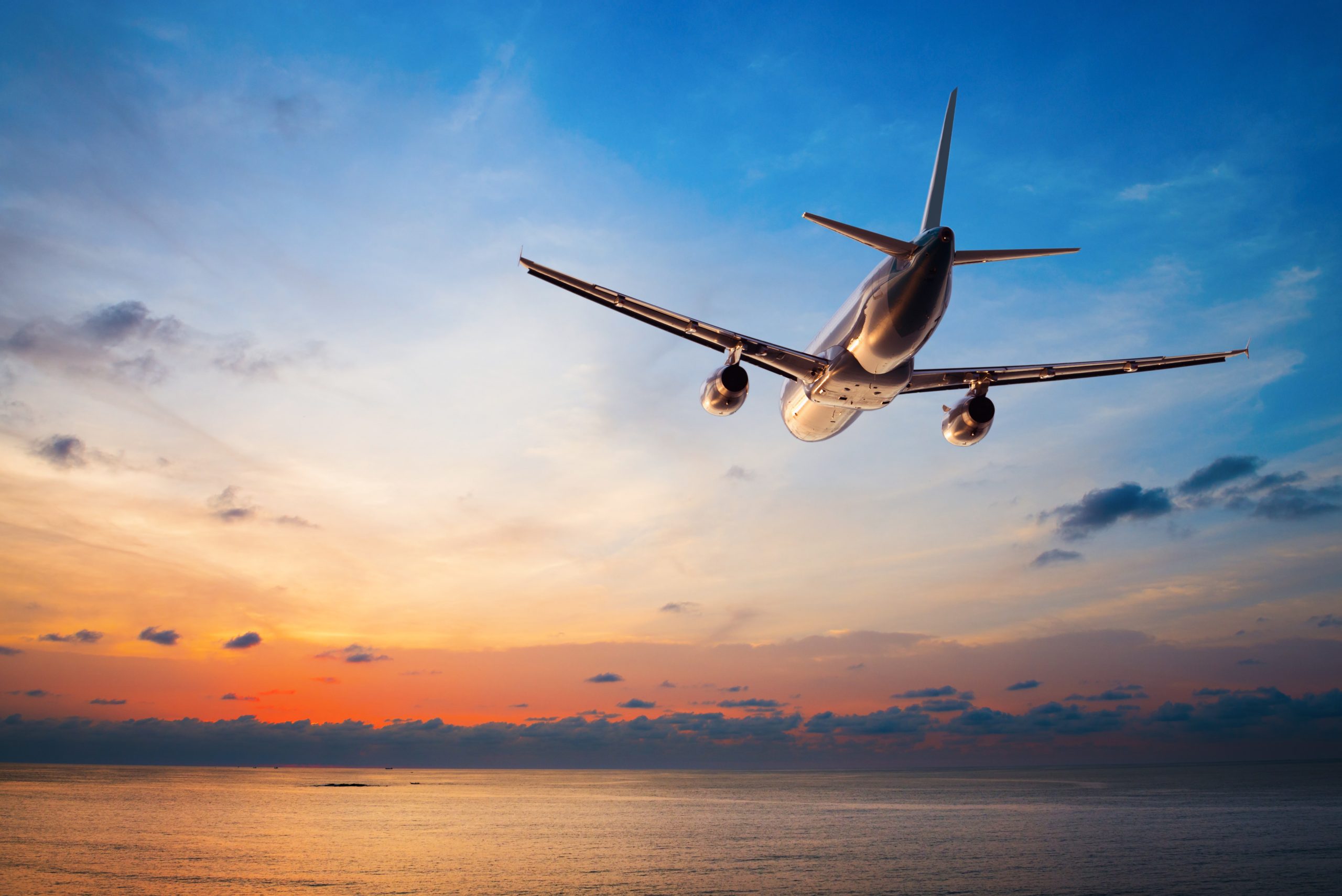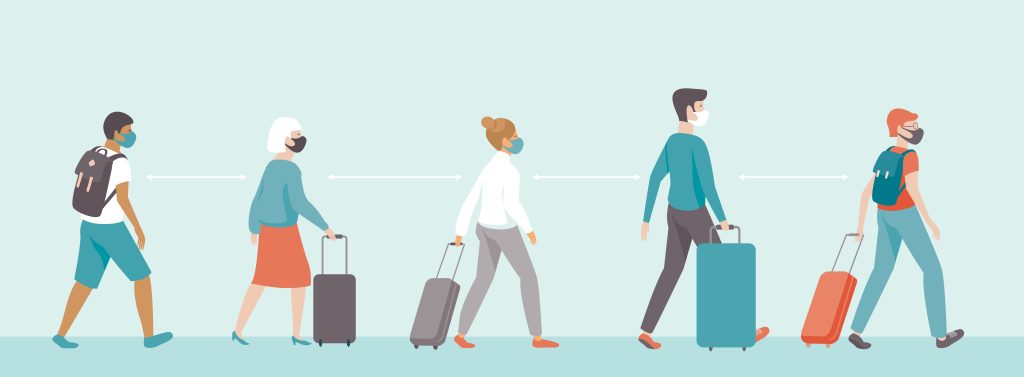
Welcoming International Travelers Back to the US
Finally – the light at the end of the COVID tunnel. As the world continues to reopen with countries such as Singapore and Spain both welcoming fully vaccinated travelers, the US has followed suit in loosening restrictions for foreign entrants. Is simply having an open border enough to stimulate international tourism to the US? Traditionally, the US has been considered a “travel later” destination; this has largely been the mentality for everyone from Canadian and Mexican travelers close to home, all the way through to those that are an 8+ hour trip away. Ranking within the top 10 destinations for international travel in 2019, the US was also the only country to report a decline in tourism from the year prior. Evidently, tourists have been playing hard to get – but the US is ready to commit to touristic stability.
Why the US Can’t Seem to Regain Its Travel Foothold
Why is a country that many consider to be the greatest in the world becoming less and less touristically desirable? Ironically, it is their “the bigger the better” mentality. Media, cuisine, business practices, technology, popular culture – US’ global pervasiveness on all of these fronts has made its culture so familiar in peoples’ everyday lives globally that traveling to the US is not considered a novel experience. In other words, there is not more to the US than meets the eye – at least from the global travelers’ perspective. This, in addition to visa entry requirements, the strength of the US dollar driving up prices, increased visibility of violence, and many travelers’ post-COVID desire to visit exotic locations with unique selling points have driven down the appeal of the US. The US’ popularity as an international tourist destination has been in decline since well before the pandemic, with shares of overseas travelers falling from 13.7% in 2015 to 11.7% in 2018, and a further decrease to 10.4% expected by 2023. Following in the footsteps of Middle Eastern and Gulf countries to shift government policy in favor of relaxing tourism visa requirements may not be a feasible option, however enhancing marketing efforts certainly is. The oh-so familiar US is chock-full of the exoticness that travelers are seeking – beaches, national parks, historical monuments, road trips, shopping meccas – they simply haven’t been marketed with enough awareness and urgency.

How to Start the Welcoming Process in a Post-Pandemic Environment
Los Angeles and New York City have had no problem marketing themselves during the pandemic, and will continue to have no problems after. Large metropolitan areas, restaurants, countless hotels – these locations generate more than enough tax and revenue income to sustain their marketing efforts, in addition to receiving federal funding. Where does that leave the underdogs? For the low tourism North Dakotas and Mississippis in the mix, the same issues that plagued them before (excuse the pun) will follow them into the post-pandemic world – because they are smaller, they have less tourism revenue and therefore a smaller budget to market themselves globally. Like Batman to Gotham, their saving grace will come in the form of international business-leisure – “bleisure” – travelers. Regardless of the work-from-home revolution that the pandemic has brought about, the core tenet remains true: whereas the individual executive may see economies of scale – having 10 Zoom calls a day and reducing their travel, for example – what cannot be omitted are trade shows, the need to visit the factory, corporate training. Therefore, the vast majority of companies will continue to send staff abroad. Business travelers comprised a significant 30% portion of the travel and tourism industry in the US pre-pandemic, with a growing number of business trips – 75% – being bleisure. Bleisure tourists are likely to be the first to begin actively traveling to the US once again, indicating not only a change in the way that different US cities and states should be marketing, but also a shift in the axis of tourism. Bleisure travel will always circle around major economic centers in the US. The objective of these destinations should be to promote stay and travel, while surrounding destinations should follow the same strategy as they did pre-pandemic in promoting proximity travel. Business trip to San Francisco? Why not explore Arizona, Nevada, Texas, Oregon? Business travelers need to be given the answer to this “why” in the form of marketing as soon as possible to combat significant competition, and not simply when travel has returned back to normal. The axis for business travel and cities for direct tourism have also shifted due to the geographic relocations of many US firms. With banking institutions and hedge funds making their move to Southeast Florida; the Carolinas’ now being touted the “Silicon Valley of the South”; Idaho and Nevada stepping up in tech; Utah strengthening its position as a healthcare service provider; and Arizona becoming a crypto, fintech, banking, and automotive hotspot, these destinations should invest into the potential volume of traffic that international business travelers will bring.
How can non-exotic destinations be made exotic?
Importing the pyramids of Giza may not be an option, but up marketing to bleisure travelers by ramping up the luxury travel experience is. The degree of mystery surrounding the less traveled, new business hubs paired with a repertoire of stereotypical luxury offerings – restaurants, hotels, entertainment – is an opportunity to convert business travelers into bleisure travelers who would add a few leisurely days to their trips. From a marketing standpoint, leveraging the role of technology should be prioritized to increase both pre-travel excitement and mid-trip experience. Taking a page from Tokyo’s partnership with Pokemon Go in 2019 where users were able to play within Tokyo in anticipation of traveling there, an opportunity could be offered by US cities for travelers to visit virtually prior to their trip. Cities could also invest in technology to digitize the city and enhance the travel experience. Such as in Shanghai, QR codes could be placed at relevant parks, buildings, and monuments to be scanned by travelers and create a completely virtual walking tour experience. With the recurring threat of COVID and associated restrictions, self-guided tours for publicly available monuments will be crucial moving forward.
The Implications for Leisure Travelers
What do bleisure travelers take home when they return from a trip? Stories, photos, videos, experiences, all of which are shared across the internet and with friends and family. Leisure travel will follow bleisure travel, driven by word-of-mouth coupled with the increased presence of foreign companies in US cities. A family friend’s experience puts the US’ wild west in your sphere of interest, just as their Instagram post from their post-conference ski day trip to Lake Tahoe may pique the interest of the leisure traveler. The curiosity of leisure travelers can be generated through targeting where business travelers are coming from globally – the Japanese traveler is going to learn about Dallas because Toyota moved there, while the South American automotive parts supplier for electric vehicles is likely to visit Austin because of Tesla’s presence, just as the Indian executive will want to visit Austin because Oracle is headquartered there. These business executives will take their stories home to Tokyo, Mumbai, Singapore, London, and chronicle their experiences. Beyond sparking interest through word-of-mouth, US destinations can further target leisure travel groups demographically based on the volume of bleisure travelers departing their home countries and cities through traditional advertising, such as at the airport, and via digital means. Enter, big data – US destinations need to hone the ability to analyze and understand their bleisure travelers and where their port of entry and departure are in relation to their spheres of influence. Differences such as whether a business executive lives in Tokyo or Osaka will make all the difference when developing a digital marketing strategy. By being able to target look-alike audiences to those bleisure travelers that just returned from a given city/state, marketers will be able to influence potential leisure travelers through precision targeting. This, coupled with word-of-mouth marketing or the knowledge of a home country’s business expansion to the given location starts the process of aspiration, consideration, and travel booking.
With TripActions anticipating a near return to normal for business travel in 2022 and the US Travel Association revealing improvements in hotel demand, air trips booked, travel spending, and group room nights increasing at a much faster rate than expected, US cities need to make sure that they are points of interest.

